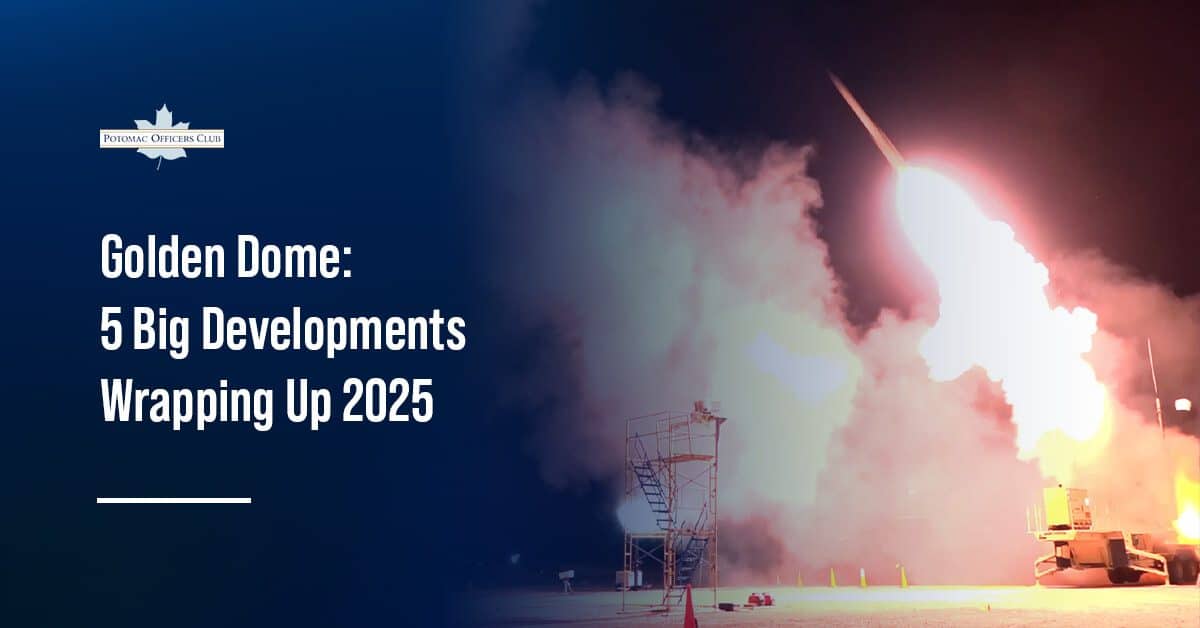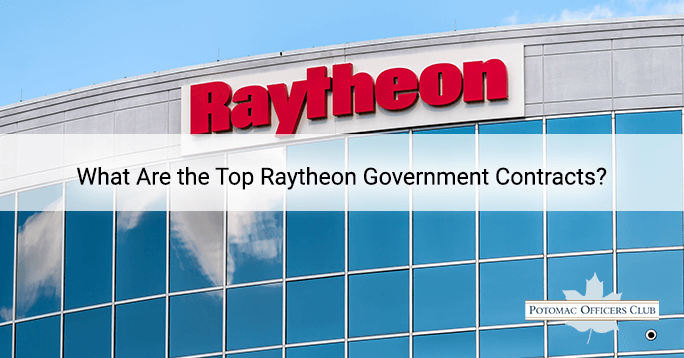
What Are the Top Raytheon Government Contracts?
Image by Kristi Blokhin from shutterstock.com
Raytheon Technologies is a top defense contractor in the United States, providing a wide variety of defense equipment, including guided missiles, precision weapons, and hypersonics. In 2021, the company reported that 57% of its sales were obtained from the U.S. government and foreign military sales. Know the top Raytheon government contracts here!
1. U.S. Navy’s SPY-6 Radar Production, $3.2 Billion
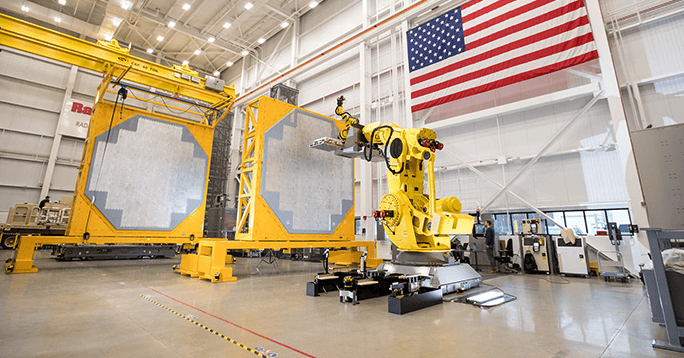
Image from https://www.raytheonmissilesanddefense.com/
- Year: 2022
- Contracting activity: U.S. Navy
- Contract duration: 5 years (1 year base period with four one-year options)
In April 2022, Raytheon Missiles and Defense won a potential $3.2 billion contract award from the U.S. Navy. The base award for the first year is $651 million. If all four option periods are exercised, it could potentially receive an additional $2.5 billion.
Under the contract, Raytheon will manufacture a maximum of 46 SPY-6 array radar variants for the missile defense and integrated air capabilities of the Navy’s ships. These radars will be installed in amphibious ships, aircraft carriers, and Arleigh Burke-class Flight III destroyers. The radars are equipped with 9 to 37 modular assemblies. Common radar module assemblies (RMA) enable SPY-6 to be modular and scalable for the U.S. and its partner nations’ production.
2. Missile Defense Agency’s Production of AN/TPY-2 Radars, $2.3 Billion

Image from https://www.raytheonmissilesanddefense.com/
- Year: 2020
- Contracting activity: Missile Defense Agency
- Contract type: Hybrid firm-fixed-price, cost-plus-award-fee, cost-plus-incentive-fee, and fixed-price-incentive-fee
- Contract duration: 7 years
In June 2020, Tucson-based Raytheon Integrated Defense Systems received an estimated $2.3 billion contract from the Missile Defense Agency. The contract requires Raytheon to provide the following:
- Seven gallium nitride-based AN/TPY-2 radars
- Radar spares
- Sustainment services
- Obsolescence design
- Logistics support
The gallium nitride (GaN)-based AN/TPY-2 radars are part of the Terminal High Altitude Area Defense (THAAD) system created to sense launched ballistic missiles using the X-band. These are also featured with guide interceptors to the missile’s warhead.
As part of the Foreign Military Sales program, the Kingdom of Saudi Arabia will receive two AN/TPY-2 radars. The work is being performed in Fullerton, California, Woburn, Massachusetts, and Huntsville, Alabama, with an expected completion date of August 2027.
3. U.S. Navy’s Zumwalt Destroyer Engineering Services Contract, $1.7 Billion
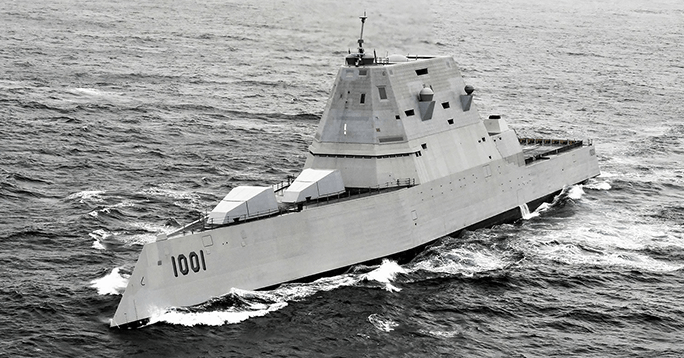
Zumwalt-class guided-missile destroyer USS Michael Monsoor (DDG-1001) during U.S. Pacific Fleet’s Unmanned Systems Integrated Battle Problem (UxS IBP) on April 21, 2021. US Navy Photo.
- Year: 2022
- Contracting activity: Naval Sea Systems Command
- Contract type: Firm-fixed-price, cost-plus-incentive-fee, cost-only, and cost-plus-fixed-fee
- Contract duration: 5 years
IIn April 2022, Raytheon Missiles & Defense won a $483 million contract with a ceiling value of an estimated $1.7 billion if all options were exercised. Under the contract, Raytheon will perform engineering services, sustainment, modernization, fleet production, and activation of three Zumwalt-class destroyers while working on its development of warfare capability.
This effort supports Mission Systems and Total Ship Computing Environment Infrastructure (TSCEi) hardware/equipment. Other services included in the contract are integration, maintenance, testing, replacement, logistics product development, training systems, and more.
4. U.S. Navy’s Two Contracts for Follow-On Production, Technical, and Engineering Services for the Evolved Seasparrow Missile, $1.6 Billion
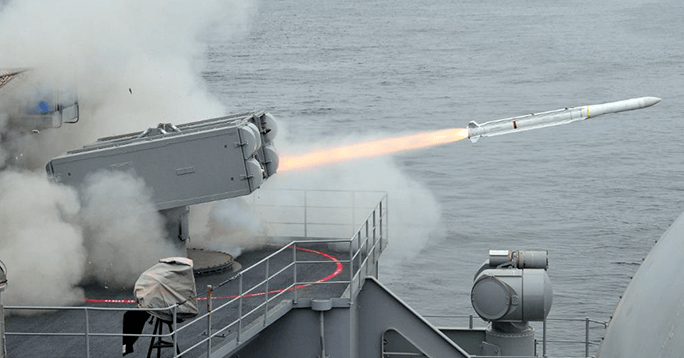
An ESSM missile is launched from the aircraft carrier USS Carl Vinson. (Photo: US Navy)
- Year: 2021
- Contracting activity: Naval Sea Systems Command
- Contract type: Firm-fixed-price
- Contract duration: 4 years
In October 2021, Raytheon Missiles and Defense announced receiving two contracts with an estimated combined worth of $1.6 billion for the U.S. Navy’s Evolved Seasparrow Missile (ESSM).
The ESSM program aims to design, develop, procure, and test ESSM missiles. ESSM is a modernized variant of the RIM-7 Seasparrow missile. The U.S. and its foreign allies use ESSM to upgrade their anti-ship missile defense capabilities, including incoming aircraft and missile threats.
The first contract funds the ESSM Block 2 full-rate follow-on production (cumulative value of $1.28 billion), which includes guided-missile assemblies, spares, and other related equipment. The second contract is for engineering and technical services to support the ESSM production ($362 million).
The contract allows the production of up to 724 ESSM Block 2 missiles supporting the U.S. and other nations that belong to the NATO Seasparrow Consortium, including the governments of Australia, Greece, Canada, Belgium, Portugal, and the Netherlands. The performance period is until March 2025. It will run through March 2027 if all options are exercised.
5. U.S. Army’s NASAMS Supply Contract for Ukraine, $1.2 Billion
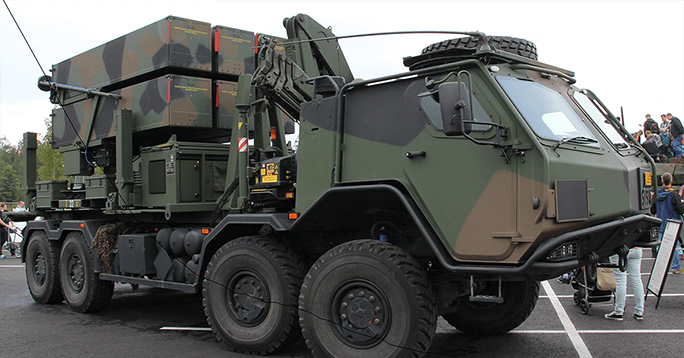
Photo credits: U.S. Army
- Year: 2022
- Contracting activity: U.S. Army Contracting Command
- Contract type: Firm-fixed-price
- Contract duration: 3 years
In December 2022, Raytheon secured an estimated $1.2 billion contract award from the U.S. Navy. The contract, under the Pentagon-led security assistance campaign, requires Raytheon to provide services, equipment, and six additional National Advanced Surface-to-Air Missile Systems (NASAMS) for the benefit of Ukraine.
This effort brings a total order of eight NASAMS batteries to help the Ukrainian military evade Russian threats. The performance period is until November 2025. The US Army plans to coordinate with industry partners to shorten the minimum production period of 24 months.
6. The U.S. Department of Homeland Security’s Civilian Cybersecurity Contract, $1 Billion

Image by NicoElNino from shutterstock.com
- Year: 2017
- Contracting activity: Department of Homeland Security
- Contract type: IDIQ
- Contract duration: 5 years
In June 2017, the Department of Homeland Security re-awarded the $1 billion contract Raytheon won last December 2015. This was after one of the losing bidders, Northrop Grumman, protested, prompting the Department to take corrective actions and subsequently cancel the contract.
The Development, Operations, and Maintenance (DOMino) contract is one of the largest civilian cybersecurity orders in the past years. The task order required the prime contractor Raytheon to provide mission-critical cybersecurity solutions for the Department of Homeland Security’s Deployment division. It is in charge of protecting the networks of over 100 federal civilian government agencies against advanced cyber threats.
It also helped develop the next-generation National Cybersecurity Protection System (NCPS) and delivered advanced capabilities (e.g., information sharing, automation, and analytics).
7. U.S. Air Force’s Hypersonic Missile Cruise Development Contract, $985 Million
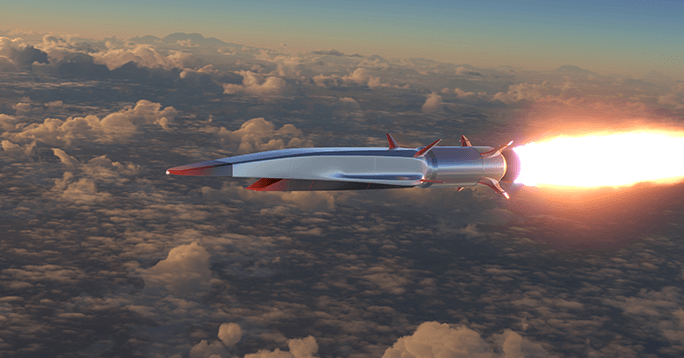
Image by Alexyz3d from shutterstock.com
- Year: 2022
- Contracting activity: U.S. Air Force
- Contract duration: 5 years
In September 2022, the U.S. Air Force selected Raytheon and its partner, Northrop Grumman, for its $985 million contract award. The Hypersonic Attack Cruise Missile (HACM) contract requires the contractors to design, develop, and deliver a new hypersonic missile. The task order includes integration, qualification, manufacturing, and testing.
This effort is for the Air Force to increase its interoperability with allies and partners. China recently tested a hypersonic missile near Taiwan and Russia used a hypersonic missile in Ukraine.
The scramjet-powered weapon system can operate at speeds greater than Mach 5, which is about 3800 MPH or greater. The Air Force expects to receive the first hypersonic missile prototype by FY 2027.
About Raytheon Technologies
Raytheon is an industry leader in the aerospace and defense sector, which explains its billion-dollar contracts from the U.S. government and foreign countries. The company was established in 1922 and has long been associated with the U.S. military, mass manufacturing radar and sonar products since World War II.

Category: Articles



